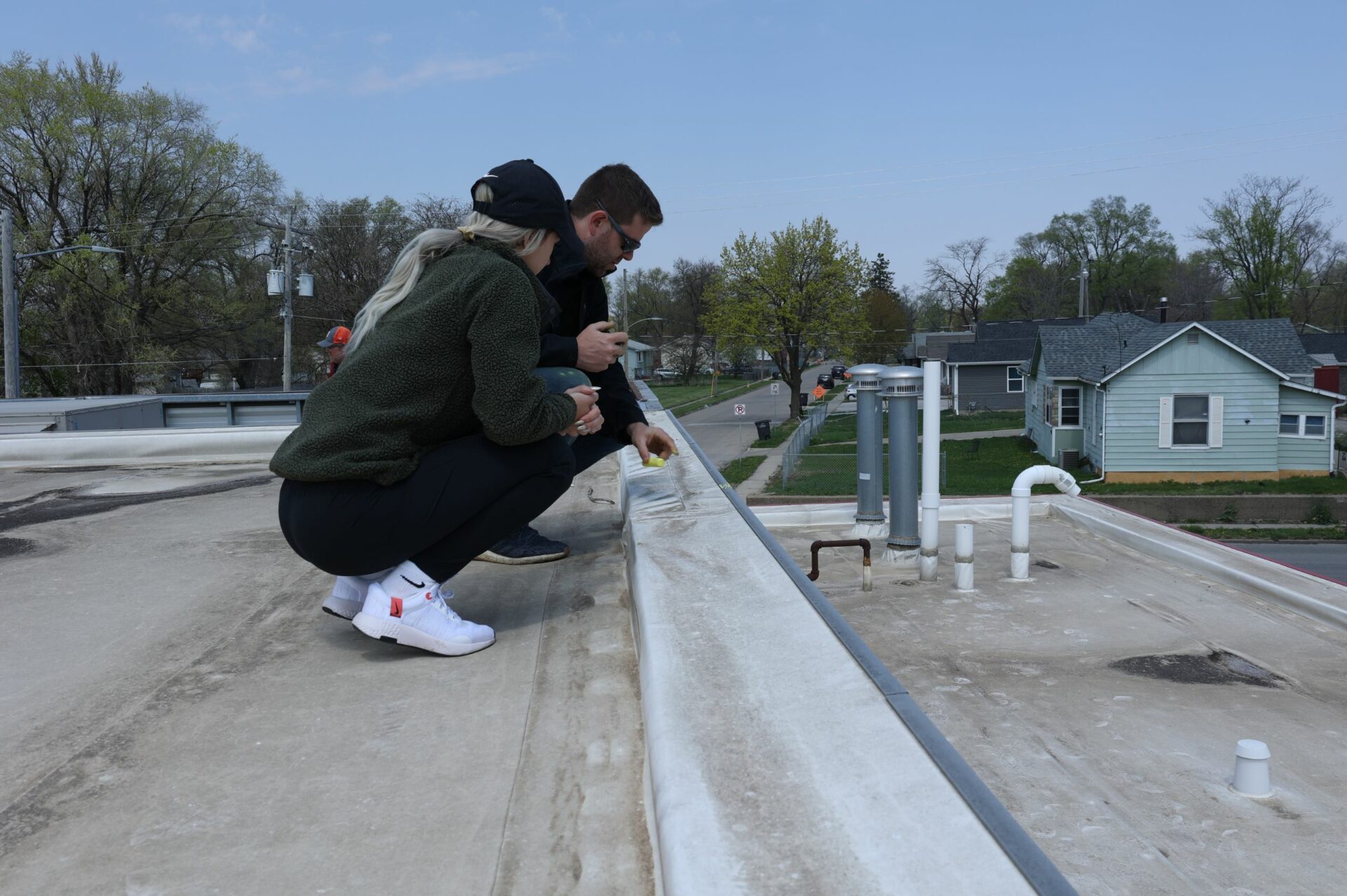Untold Advantages of a Damage-Free Inspection
Property inspections are a crucial part of the insurance claims process, providing an accurate assessment of a property’s condition. For property owners, the fear of discovering damage can be daunting. Inspections that lead to no damage can leave a property owner relieved, yet frustrated by the time spent in getting the inspection done. However, receiving a damage-free inspection report is valuable and can lead to more benefits for the policyholder.
Understanding the Inspection Process
Property inspections serve to assess the condition of a property and complete documentation. When conducted by experienced professionals, these inspections help in identifying potential issues that might not be visible to the untrained eye. Insurance companies use these findings to determine coverage and policyholder benefits.
No Damage, No Worries
Discovering no damage during an inspection can provide policyholders with peace of mind. It means that their property is in good condition and doesn’t require immediate repairs. This situation also prevents the hassle of filing claims, which can be time-consuming and emotionally draining.
Proactive Maintenance and Preventing Future Issues
A damage-free inspection is an opportunity to continue proactive maintenance. Policyholders can use this information to reinforce their property’s resilience against future risks. Regular maintenance and addressing minor concerns, guided by the inspection results, becomes a strategic investment in potentially minimizing the likelihood of extensive damages.
Creating Baseline Evidence
A damage-free inspection provides baseline documented evidence of the state of the property. Should the property experience future damage, the prior damage-free findings serve as evidence to support future insurance claims filed on the property. Brent Roberts, Inspections Manager at Premier Claims, recommends, “In the event of future damage to a property, it’s ideal to have a prior thorough inspection that resulted in no- or minimal damage to the property. This provides a good baseline of documentation, and photo evidence can be compared with new evidence to identify all damage.”
Lower Insurance Premiums
Regular inspections with no reported damage can reflect positively on a policyholder’s insurance profile. Proactive property maintenance could lead you to lower premium options. By demonstrating the property’s well-kept condition over time, policyholders can potentially secure more affordable insurance rates. In addition, a history of minimal claims reflects responsible property ownership, potentially enhancing the policyholders’ standing with the insurance company.
Empowerment through Knowledge
Being informed about the property’s condition empowers policyholders to make strategic decisions. Armed with this knowledge, they can better understand their property’s vulnerabilities, improve its resilience, and make informed choices regarding insurance coverage and risk management. Policyholders should view inspections as an opportunity to understand the true condition of their properties.

While discovering damage can be concerning, a damage-free inspection can be equally as valuable. It signifies a well-maintained property, potential cost savings on insurance premiums, and a positive impact on the policyholder’s overall insurance history.
We are here to educate, guide, and provide peace of mind to policyholders across the nation. If you have any questions or concerns regarding property inspections, claims management, or insurance policies—Reach out to our team today!
"*" indicates required fields


